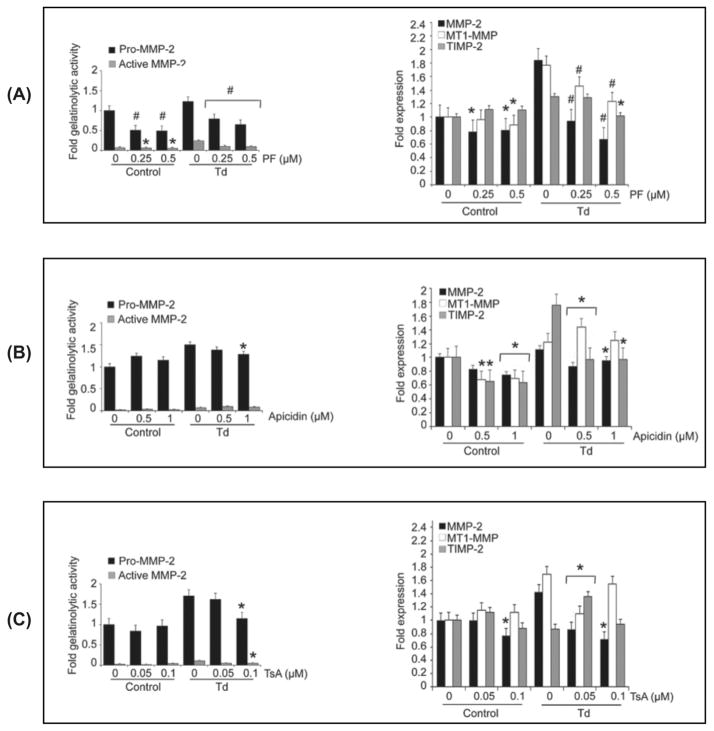Figure 8. Inhibitors of histone phosphorylases and deacetylases reverse T. denticola-mediated increases in MMP-2 activity and expression in PDL cells.
Cultured PDL cells were challenged with T. denticola (Td) at MOI = 100 or media control for two hours, incubated for three days in serum- and antibiotic-free MEM-α with daily culture medium refreshment, then treated with the following enzyme inhibitors: (Panel A) 0.25 or 0.5 μM PF-03814735 (PF) for two days; (Panel B) 0.5 or 1 μM apicidin for one day; (Panel C) 0.05 or 0.1 μM trichostatin A (TsA) for four days. The conditioned medium and cell lysates were collected for zymography, western blotting, and qRT-PCR. The left portion of each panel shows densitometric analysis of pro-MMP-2 (72kDa) and active MMP-2 (64kDa) detected by gelatin zymography. The X-axis represents different concentrations of the indicated inhibitor in the control and Td-challenged cultures. The Y-axis represents fold-gelatinolytic activity of the pro-MMP-2 and active MMP-2 relative to unchallenged and untreated controls. The right panel shows transcript levels of MMP-2, MT1-MMP and TIMP-2 in the control and inhibitor-treated PDL cells as determined by qRT-PCR. The Y-axis represents fold-expression level of each gene relative to unchallenged and untreated controls. The X-axis represents different concentrations of PF in the control and Td groups. The experiments were repeated three times in triplicate. Data were analyzed using one-way ANOVA. (*) represents p ≤ 0.05 compared to the “0” concentration in the same group. (#) represents p ≤ 0.001 compared to the “0” concentration in the same group.

